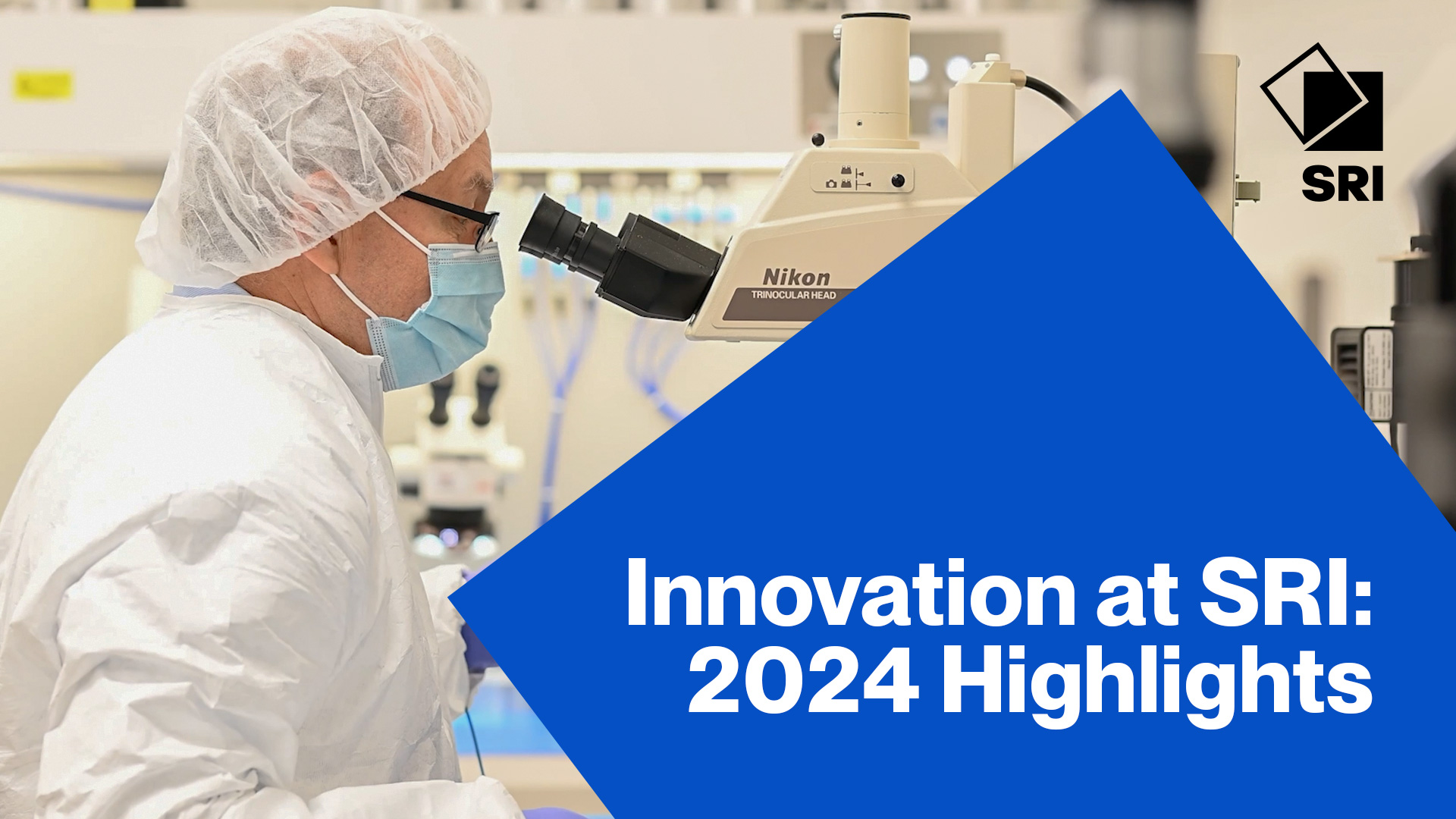Citation
Swenton-Wall, P.; Vinkhuyzen, E.; Plurkowski, L.; Englert, J.; Szymanski, M. H. Video ethnography and the complexity of service work. First International Conference on the Human Side of Service Engineering; 2012 July 21-25; San Francisco, CA USA.
Abstract
Service work is complex. It often involves the customization or tailoring of a service for the specific needs of customers. Service delivery organizations consist of multiple layers of stakeholders with interdependencies within and across organizational boundaries. Service work is frequently mediated, asynchronously accomplished in the absence of the customer, and supported by many tools and technologies. Ethnographic approaches are well suited to comprehend these elements of service work by observing how it is accomplished in situ. Video ethnography is our primary method of capturing the complexity of service work. With a video record, we are able to repeatedly analyze in detail peoples practices for collaboratively accomplishing service work including how the environment, and the tools, artifacts and devices used impact the work. Video can be used to co-analyze the data, share findings with stakeholders, and propagate important messages throughout an organization. Three different projects illustrate how we have used video ethnography to build up a social science research competency in the services domain. Project 1: The Copy Shop The Copy shop project examined the customer front of service delivery: interactions in which customers request services of employees who then provide this service. This order-taking interaction is documented on a written job ticket and circulated with the job; several employees touch each job to complete it. At the time, the copy shop was having to re-do 20% of their orders, either due to miscommunication with the initial order-taking or subsequent misunderstandings among the shops employees who had to interpret the job ticket to process the job. To capture the impetus for this service failure, we video recorded interactions at the customer front for two consecutive days from 7 a.m. to 7 p.m. We captured the entire service cycle starting with order-taking and ending with the completed job pick up. Using multiple cameras, we recorded the front counter interactions and other areas of the shop; four employees wore microphones so their interactions with customers and other employees were audible. Figure 1. Copy shop multi-camera video shoot. Using conversation analysis, we analyzed the order-taking and pick-up interactions, as well as followed the job through its entire lifecycle as it moved through the production process towards completion. We learned that the paper order form was rarely adequate for documenting the customers request and employees routinely made annotations. For example, customers requested services (e.g. half this size) that when translated in organizationally appropriate ways onto the order form (50% reduction) resulted in unsatisfactory outcomes. So, we co-designed a customer facing training program for new employees to better serve the shops customers, and recommended that the copy shop station their most expert employees at the front counter for order-taking instead of their current practice of positioning new hires there. Project 2: Future of Work The Future of Work project is at the innovation edge, looking for trends and opportunities that can translate into services that will figure prominently in how work is accomplished in the future. This project acknowledges that work is becoming more mobile and people are increasingly working in non-traditional environments like their home, coffee shops, or hotel rooms. To capture the future of (service) work, we recruited participants who are early adopters of mobile technologies and frequent users of on-line resources such as social media and the cloud. We shadowed and video recorded these participants for a day to capture practices such as using a tablet computer to show a potential client a rental property (see Figure 2). Figure 2. Using tablet computer to conduct rental property walk through. The research team engaged in data sessions to highlight video excerpts that motivate high level design concept proposals and user scenarios. For example, one finding showed that people will sacrifice quality rather than carry another device (the kindle is a better e-reader, but ). Another finding revealed the extent to which people are progressively merging their work life with their personal life with many using their personal devices for work purposes and co-mingling their work and personal involvements on social media sites. These exploratory ethnographic analyses have been able to identify work practice gaps, barriers, and opportunities where innovative services could be offered to help service workers of the future. Project 3: Outsourced Call Center The outsourced call center project examined the operations of several outsourced call center operations in healthcare, high tech and telecommunications in order to identify opportunities to enhance their service delivery and strengthen the business. Since outsourced call centers are a highly commoditized industry, we found the business challenge was how to operate profitably and become a trusted business partner of the client company rather than an outsource vendor. Our initial observations in the call center prohibited video recording due to client sensitivities, but once trust had been established, we were able to document the complexity of call center work by shadowing agents through their daily work shift and produce a documentary film for the organizations leadership. In addition to capturing the recorded service calls, we used three cameras focused on the agents computer screen, the agent, and the larger work environment (Figure 3): Figure 3. Call agent multi-camera video shoot. Videos are powerful vehicles to bring the field back to those who design and manage service offerings. In this case, our video ethnography showed management that call center work is knowledge work requiring both extensive product knowledge and computer database skills to accomplish the service call. The video documentary propagates this message organization-wide, showing the value of call agents whose work is on the pulse of their clients business. Conclusion An ethnographic approach to service work contributes to the transformation of Western society to a service work culture. With an understanding and appreciation for what it takes to accomplish service work, human-centered best practices and innovative and service offerings can be promoted. Amidst perceived ethnographic obstacles (e.g. time and cost to capture and analyze meaningful results, qualitative depth) are incredible opportunities to apply human-centered perspectives to design differentiated and customized services in the future.


